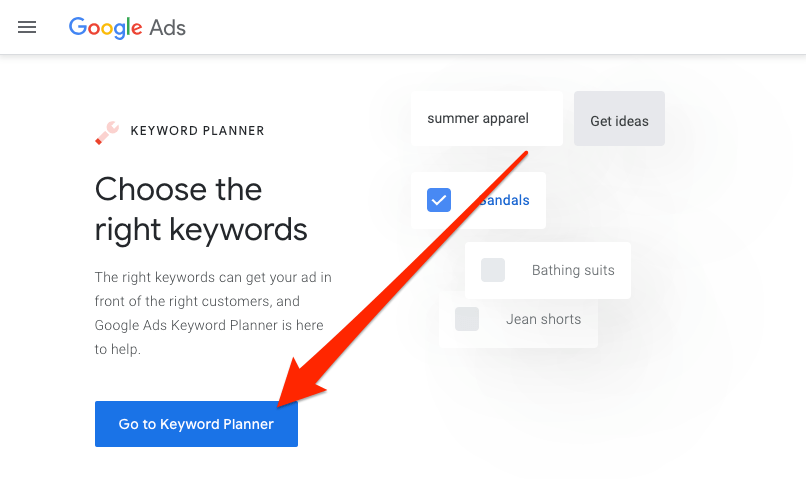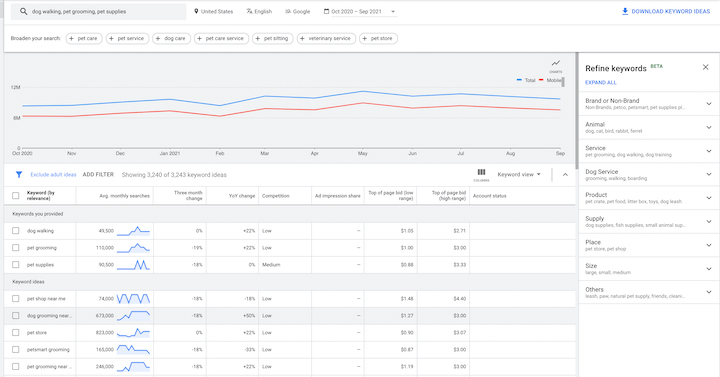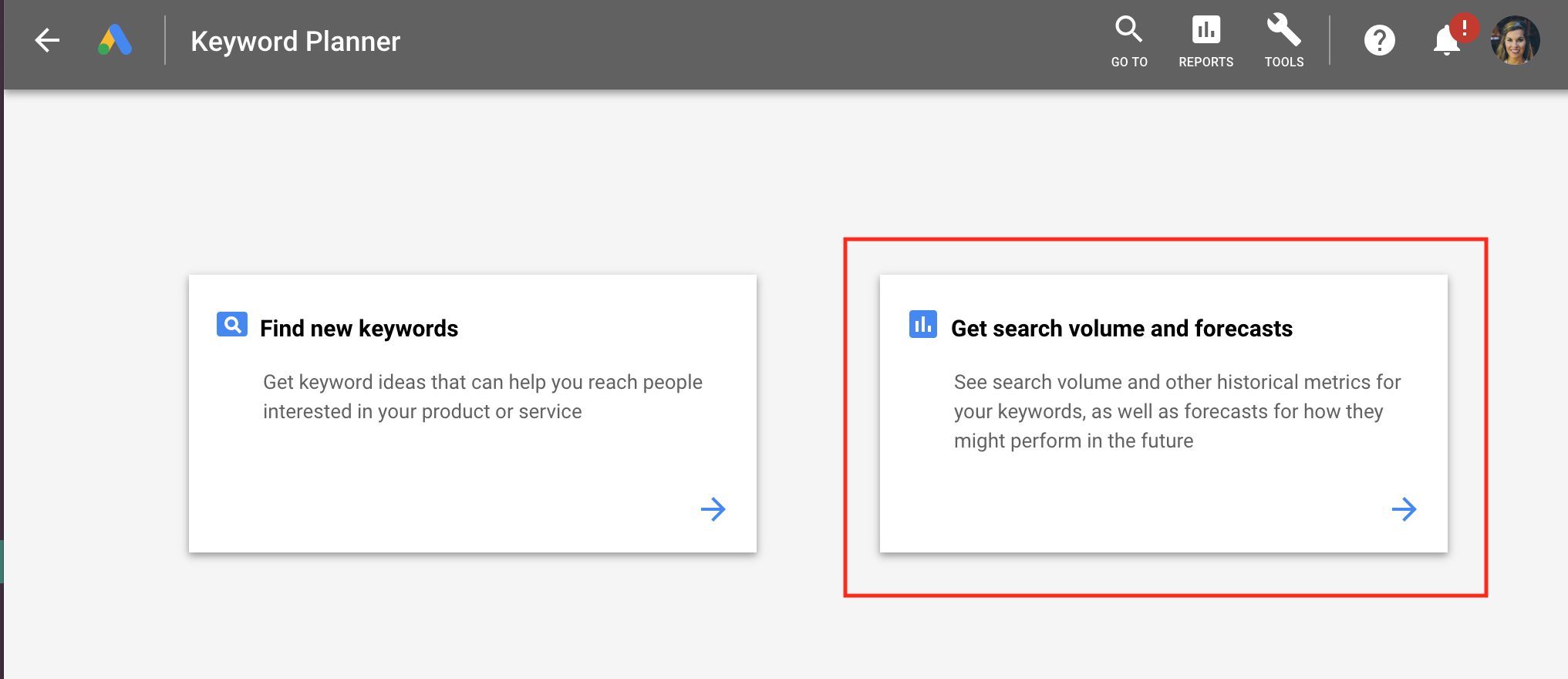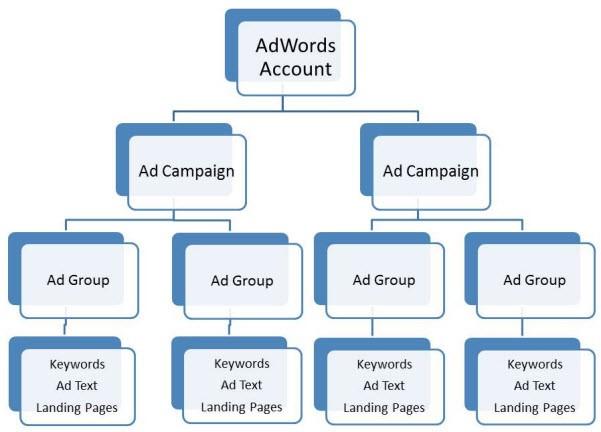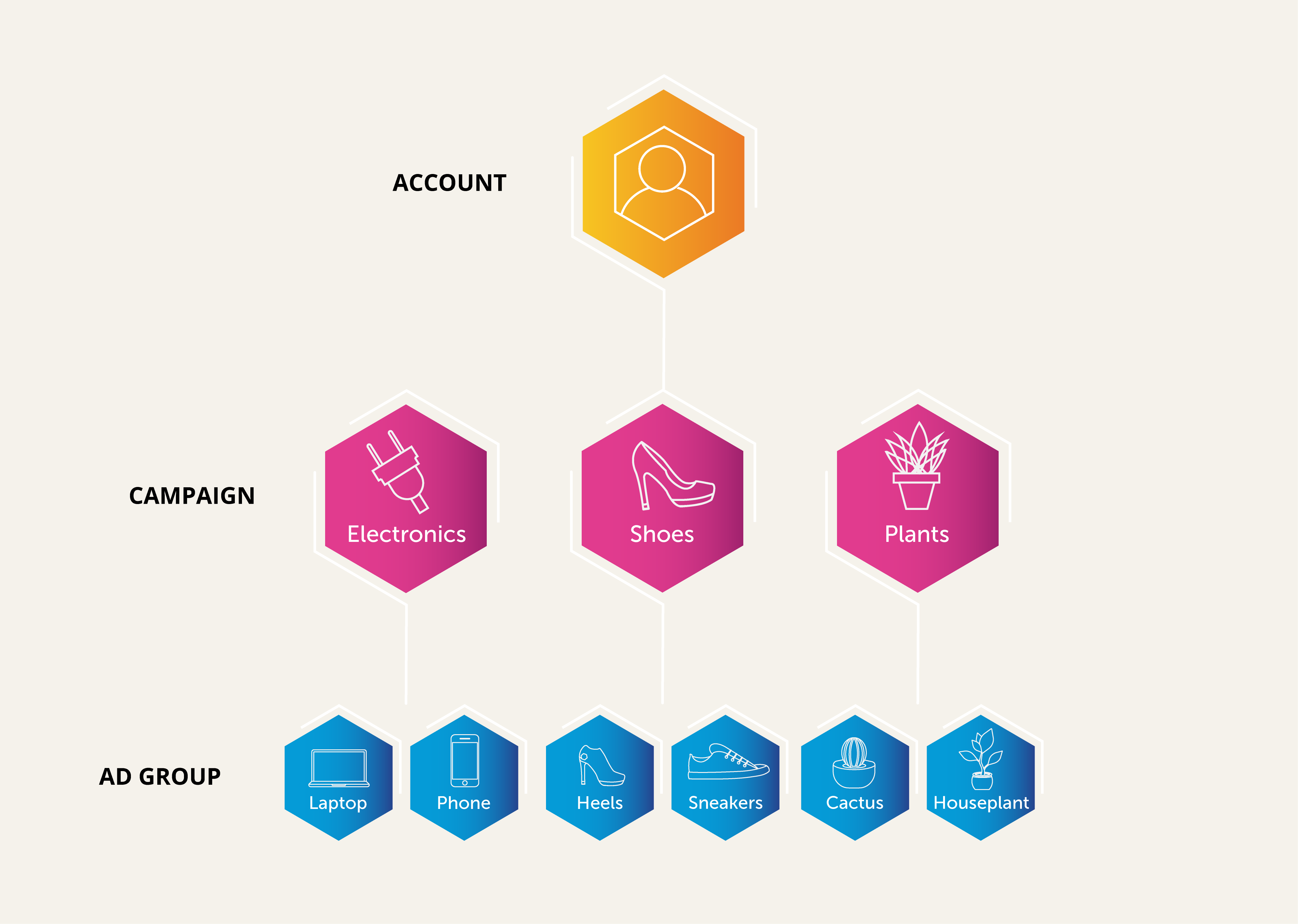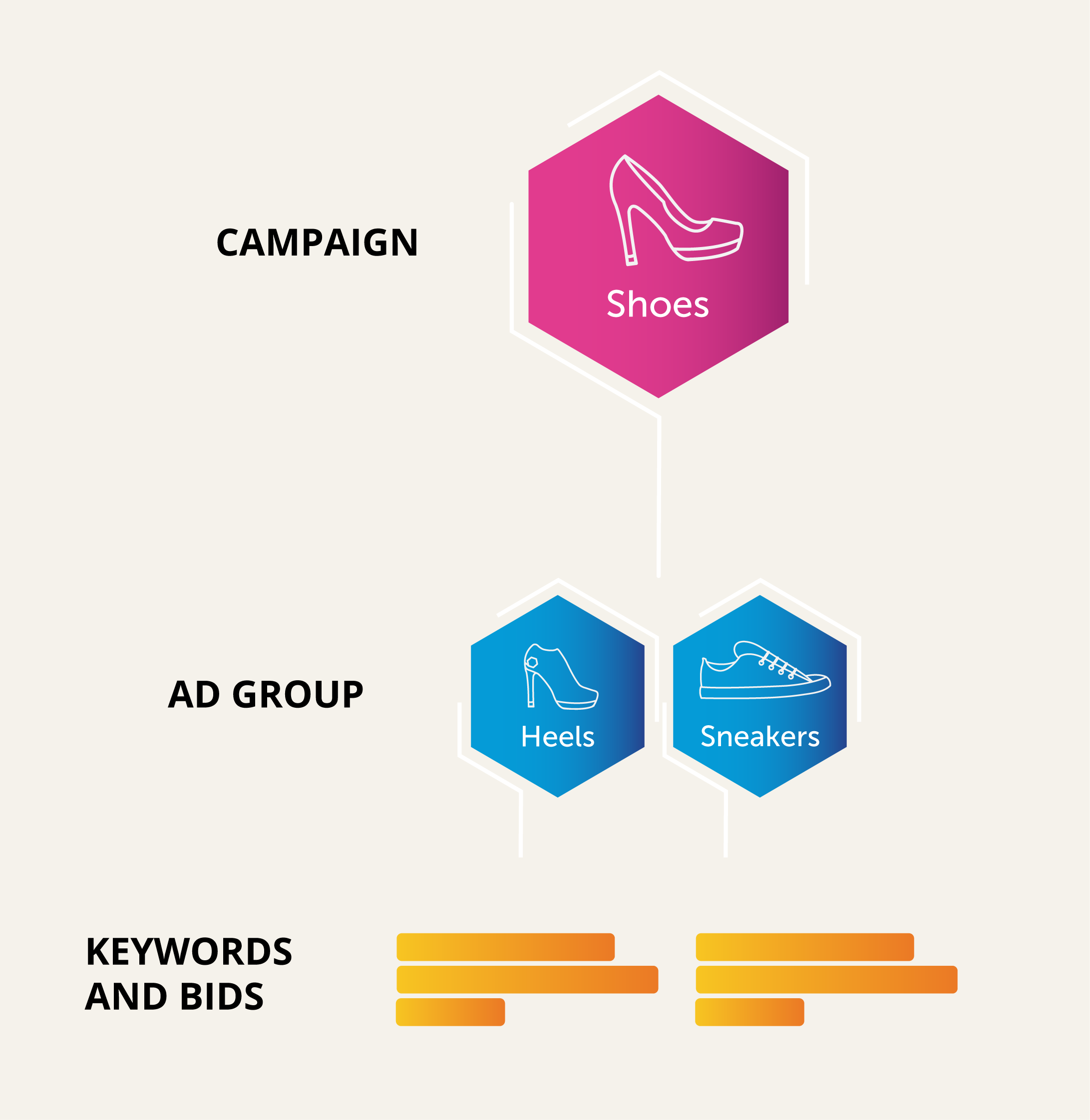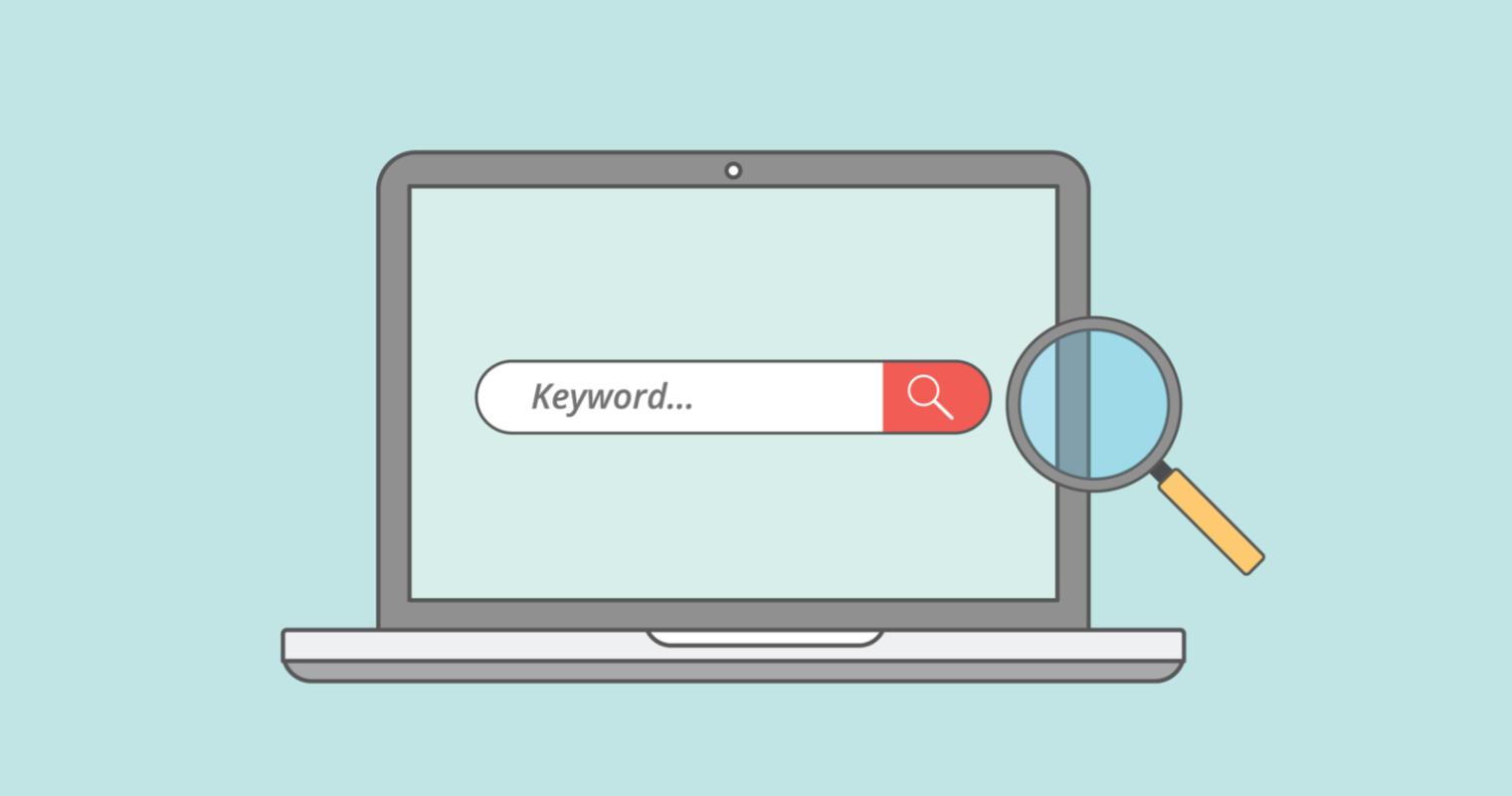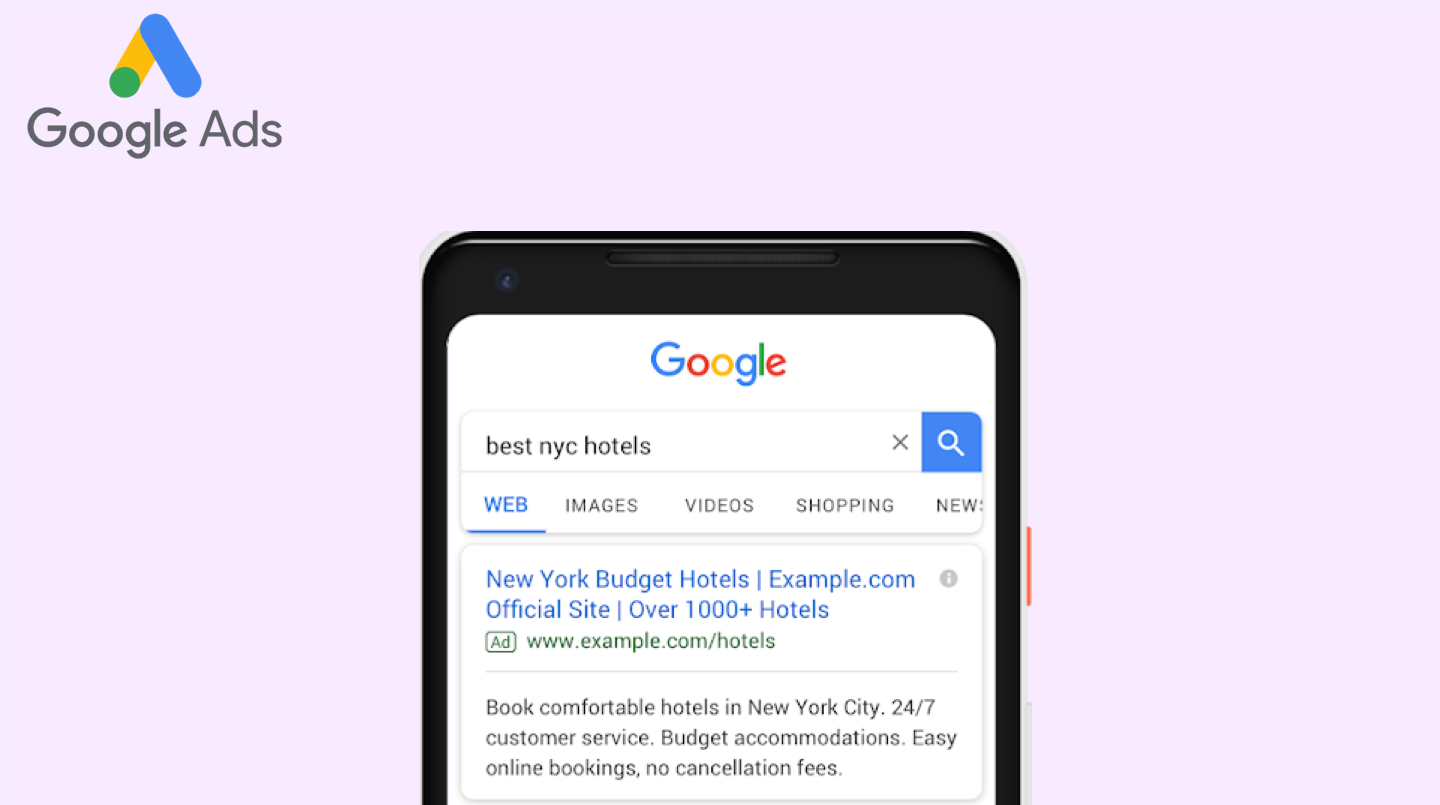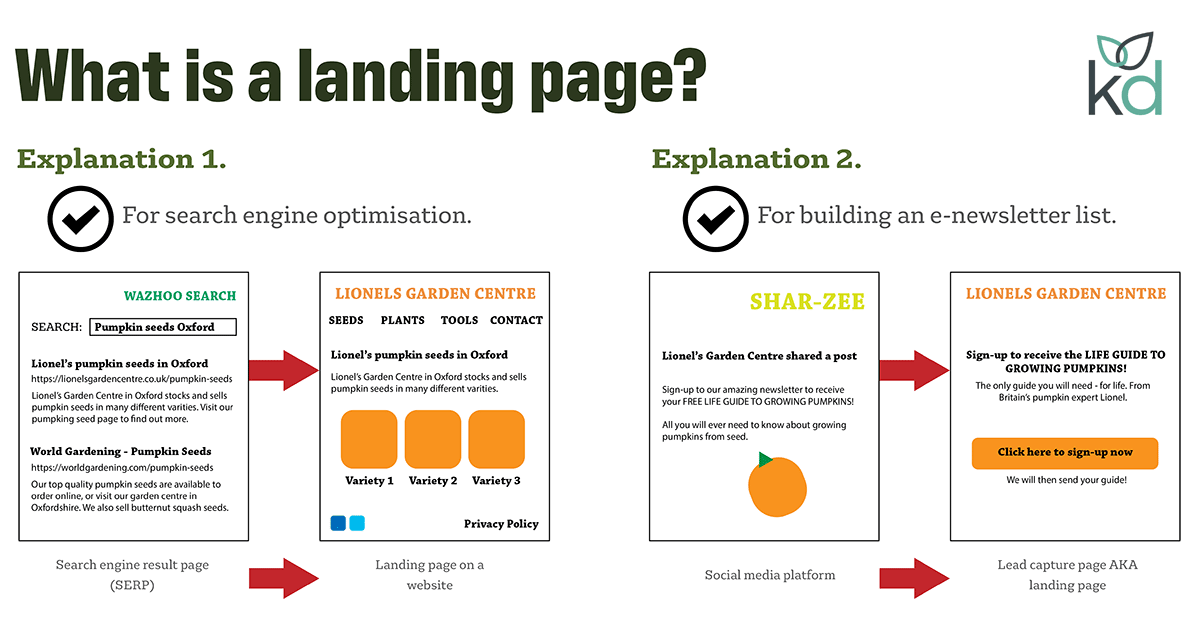
Top 7 Digital Marketing Channels to Prioritize in 2022
How the pandemic altered the way we adjust to doing things is not going away anytime soon. Even as we adapt and transition to post-COVID reality, it still influences our actions and decisions daily; such is particularly true in business.
COVID-19 has upended many marketing strategies and forced businesses across almost all industries to move their operations online. Digital marketing was already an emerging trend, but the unexpected turn of events further emphasized how crucial it is in today’s age of technology.
Fast forward to 2022, transitioning to digital is still vital to the success of your business. However, with varying digital marketing channels, which ones should you prioritize?
Best Digital Marketing Channels in 2022
Digital marketing channels are any tool or platform you use to reach and engage with your target audience. While the decision to optimize for specific channels should be based on your audience insights, it’s also a matter of understanding the value of each option.
Social Media
There are over 4.62 billion social media users worldwide today, and their purpose for being so has changed over the years. What used to be a platform exclusively for social interaction has become a source of news, information, and even shopping. It is a valuable tool that can influence a user’s purchasing decisions through reviews and advertising.
Being on social media gives you access to this broad audience and an opportunity to raise brand awareness, expand your reach, and build loyalty and trust. According to a 2022 report, the top 6 channels with the most active users are Facebook, YouTube, WhatsApp, Instagram, WeChat, and Tiktok.
For B2Bs, the most used and effective channel to reach out to business-minded individuals is LinkedIn, boasting at least 790 million users worldwide.
Email Marketing
Email marketing continues to be one of the most effective forms of digital marketing. Don’t believe it? Notice receiving weekly newsletters after providing email information upon signing up on any social media account or website?
A Campaign Monitor report showed that 64.1% of small businesses still use email marketing. While you may only associate this channel with newsletters, it offers several opportunities to promote your business and engage your audience. Think of personalized messages, notifications like product launches and promos, abandoned cart reminders, etc.
Compared to other digital marketing efforts, email marketing is also cost-effective. It’s estimated to deliver an ROI of $36 for every $1 spent.
Video Marketing
Videos offer the best ROI today as consumers demand more educational content that is easier to digest. In specific, 69% of consumers prefer to learn more about a brand and its offerings through videos.
Leveraging video content not only allows you to tap into this audience but also boost your open and conversion rates, increase your ROI, and build relationships. But, which type of video content to create? Some of the most compelling videos today include brand films, explainer/how-to-videos, testimonials, and product videos, to name a few. The best platform to share your video is YouTube. Facebook, Instagram, and TikTok are also some of the better options.
Content Marketing
Consumers these days do some research online before making a purchase. It means your website, or any channel you may have for this matter, should have high-quality and valuable content for your audience. It should educate, persuade, entertain your visitors but ultimately solve their pain points should they with your business.
As such, some types of online materials you should create are case studies, blog content, eBooks, etc. However, keep in mind that content marketing isn’t limited to text-only content. It can also include videos, infographics, social media posts, and other visual content.
Influencer Marketing
Influencer marketing is one of the most powerful digital marketing channels today. It allows you to tap macro and micro-influencers related to your industry to promote your products/services with their audience—which has a larger audience size than your page’s following count most of the time.
Statistics show that 80% of marketers find this type of marketing effective, with 71% saying that it generates a better quality of traffic than other ad formats. As most consumers now proactively avoid advertising, influencers can help you sell your brand more subtly without being too aggressive, reach a wider audience outside your specific niche and influence their buying decisions through product reviews or information.
Search Engine Optimization
SEO is by far one of the digital marketing channels that drive the most conversions. It’s the process of optimizing your site to help it rank organically in the search engine result pages (SERPs). In other words, make it easier for your customers to find you.
Several factors can help improve your search engine rankings, primarily a secure and accessible website, page speed, mobile-friendliness, high-quality content, backlinks, metadata, as well as domain age and authority.
But, how do you drive quality traffic to your site? Keywords. These are the words or phrases people enter to search for information online. It means the more specific and relevant your targeted keywords are to your business, the more likely you are to engage with interested users.
Paid Search
While consumers trust organic results the most, sometimes it’s well worth paying to boost your site’s visibility to reach a wider audience. You can do just that with paid search marketing by placing an ad on top of the SERPs, just before the organic results. It lets you create ads based on the keywords, demographics, or even the location you are targeting and show them to users actively searching for your business.
Search ad spending is projected to reach $137 billion in 2022—up from the $106.5 billion spent on search advertising in 2019. Pay-per-click (PPC) marketing used to be exclusive to Google, but marketers now have more options, with Facebook and Amazon competing as one of the best PPC platforms today.
Level Up Your Digital Marketing Today
With the increasing number of digital marketing channels available today, it’s never been easier to reach your audience, grow leads, and boost sales. In conclusion, we’re not saying that you should use every channel discussed here, not also that you only focus on one.
For your digital marketing efforts to be effective, you need a well-thought-out strategy that identifies which channels will best work for you. As a digital marketing agency in the Philippines, we can help you with just that.
Get in touch with us at Createmoto today and discover how we can help you leverage these digital marketing channels in 2022.

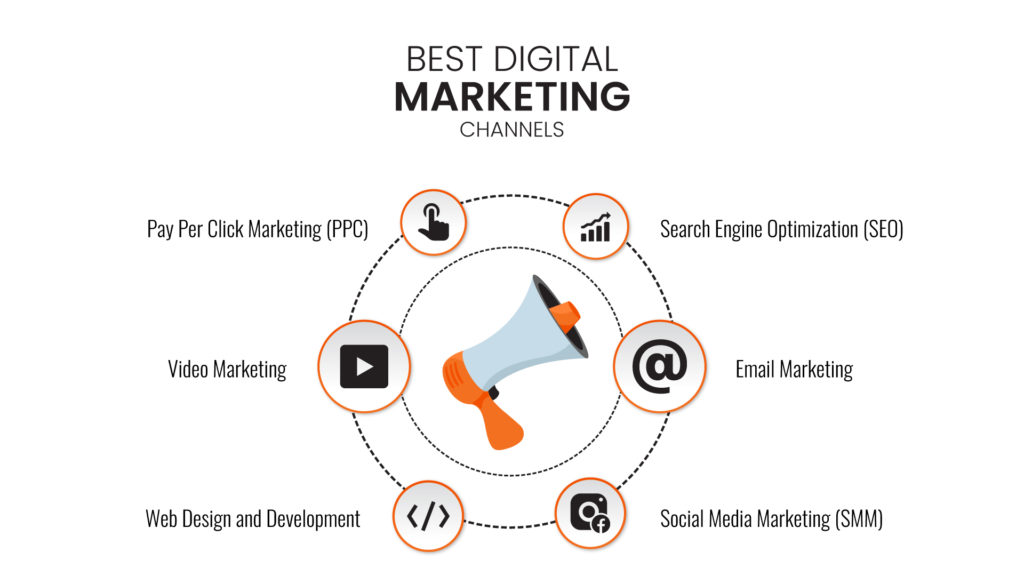






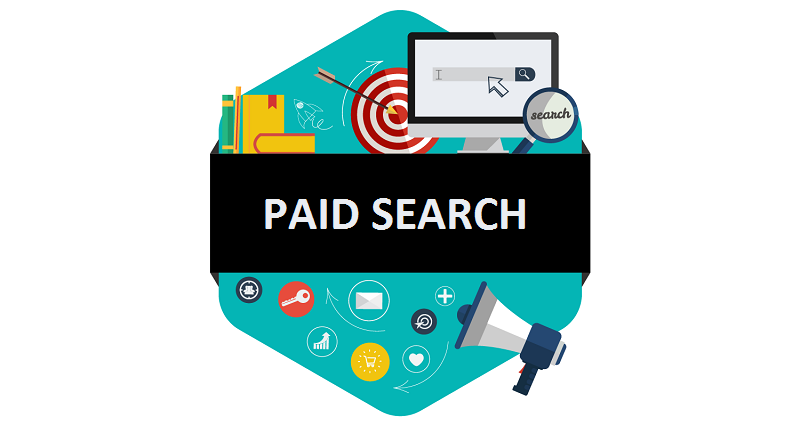
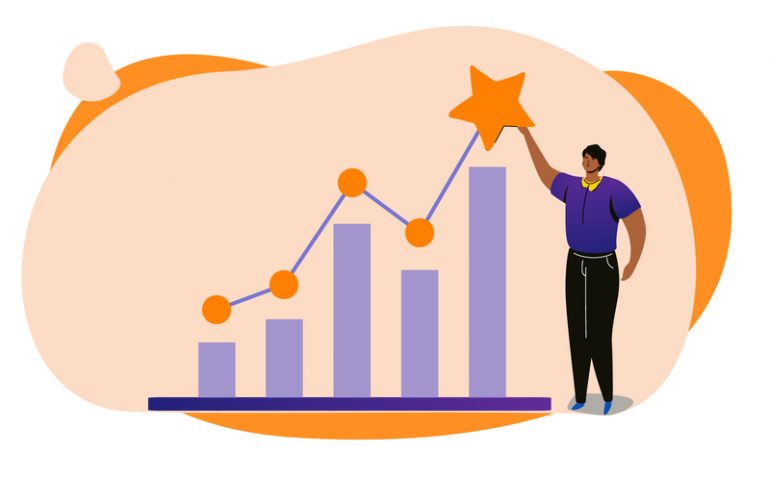








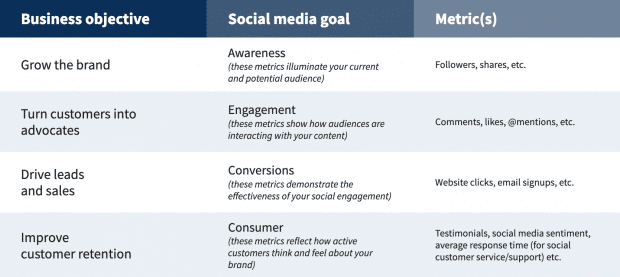
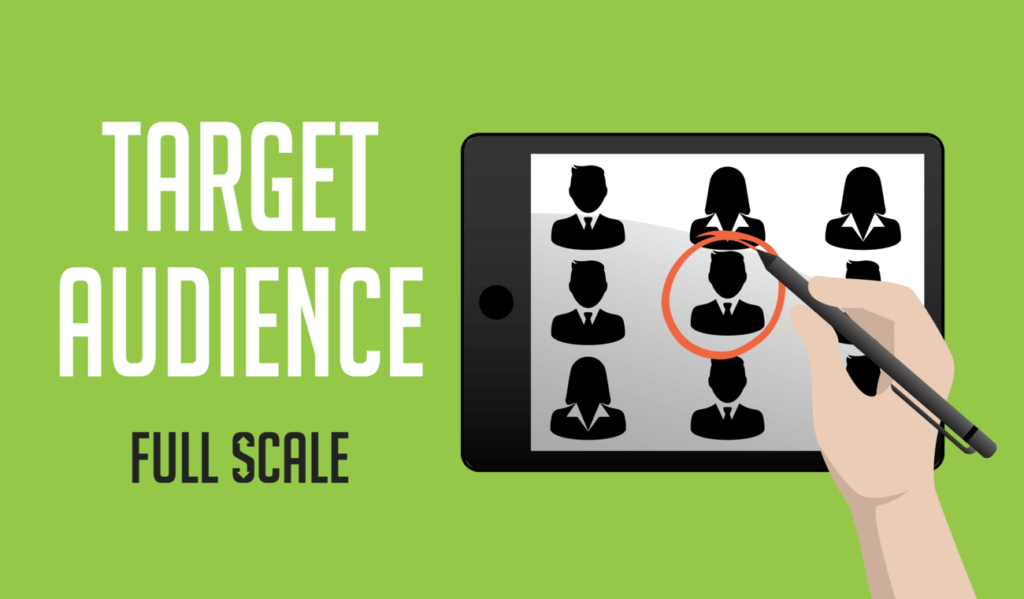


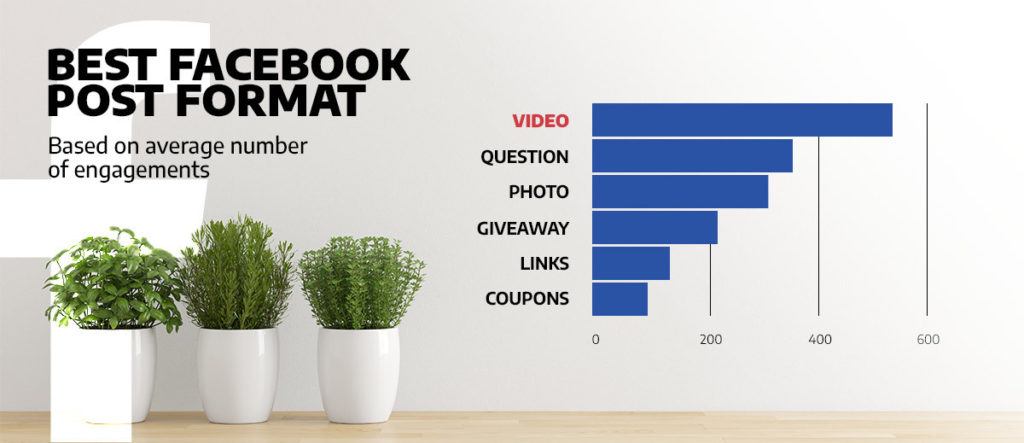


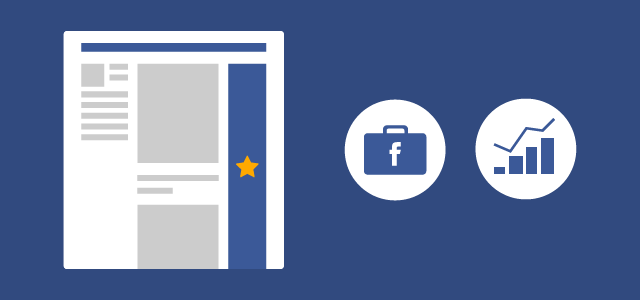



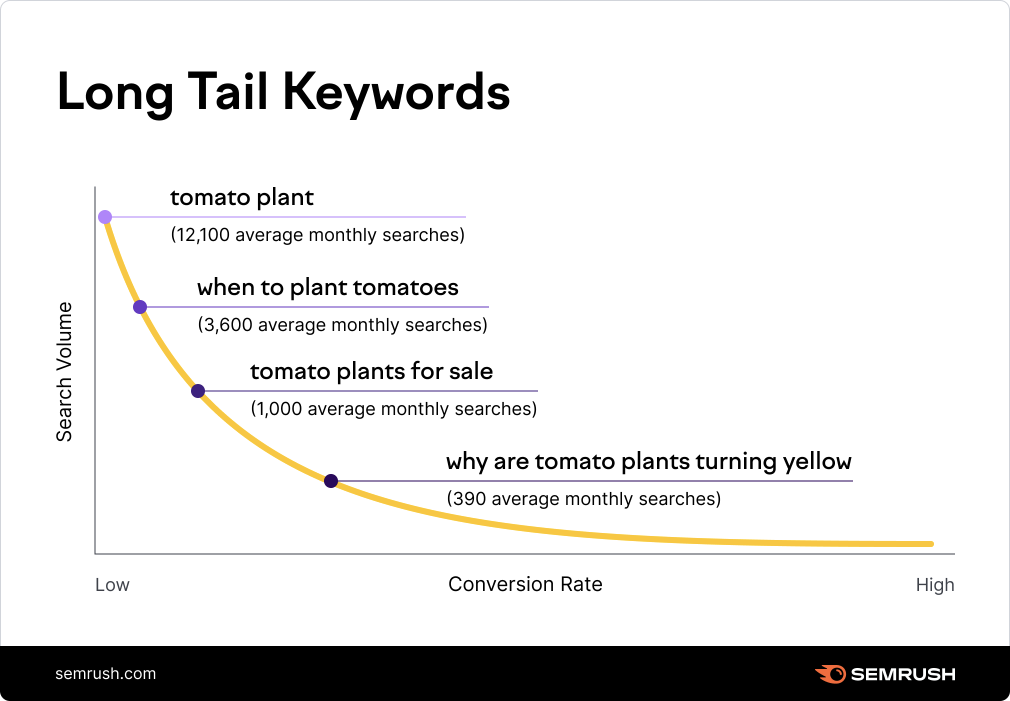
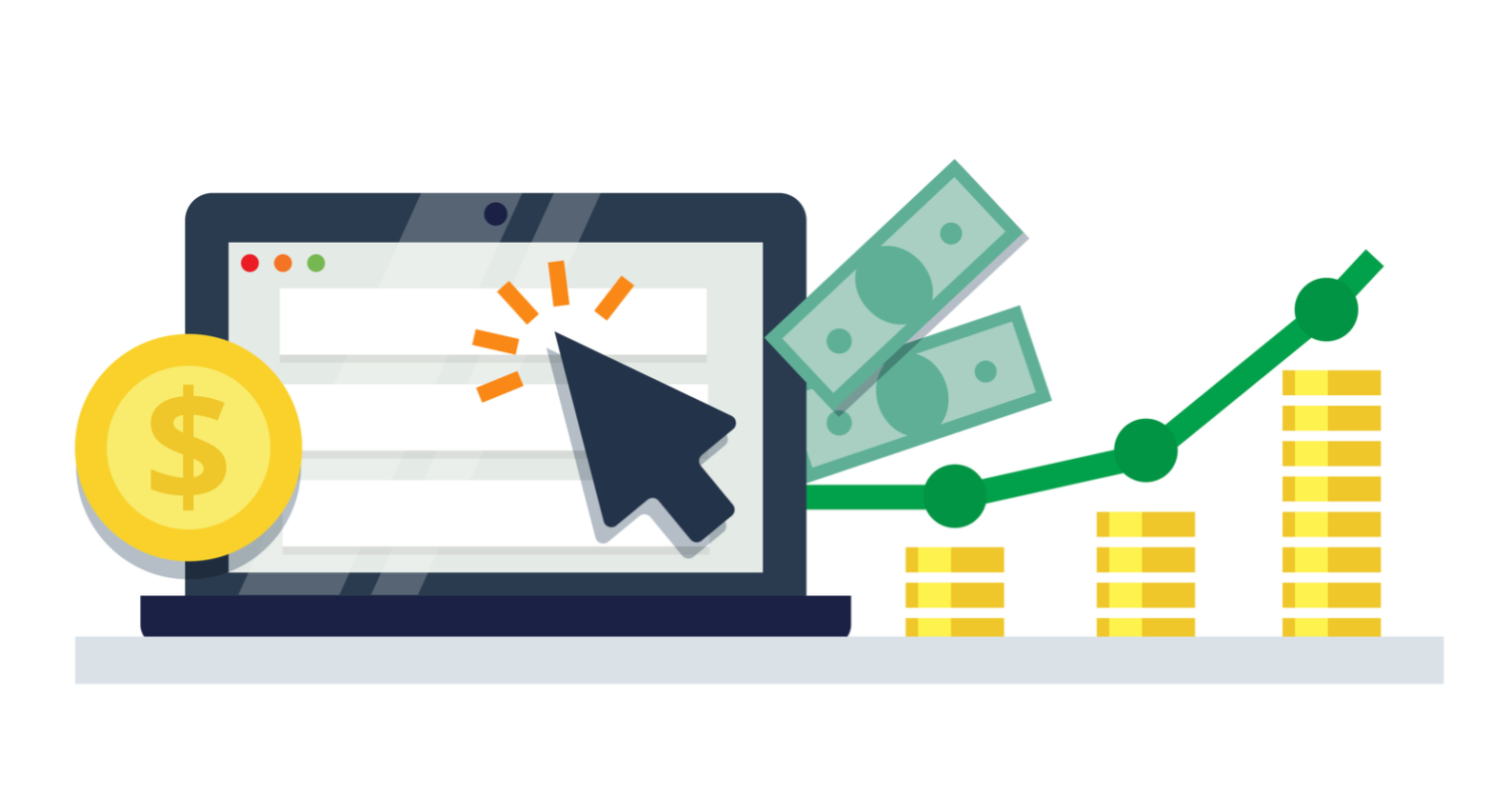

 The success of your PPC campaign is not a matter of how good you manage it but how engaging, informative, and compelling your ad copy is. Optimize your ad copy by doing the following tips:
The success of your PPC campaign is not a matter of how good you manage it but how engaging, informative, and compelling your ad copy is. Optimize your ad copy by doing the following tips:

